7 Crore+ Customers

Affordable Premium

7 Crore+ Customers

Affordable Premium


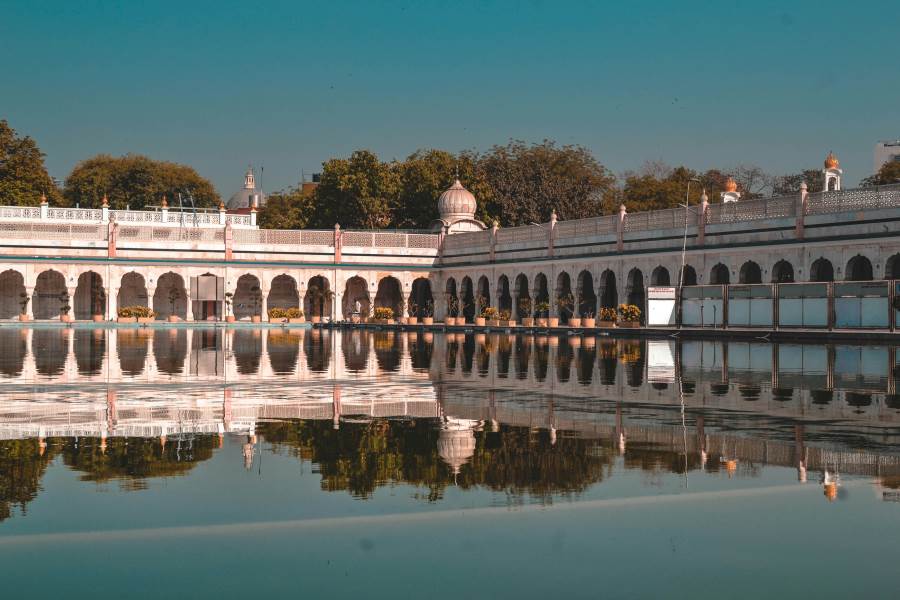
Delhi, the Sikh community finds solace and connection through their Gurudwaras scattered throughout the city. These sacred places serve as hubs of spirituality, offering sanctuary from the bustling urban landscape. Gurudwaras in Delhi hold historical and cultural significance, embodying the teachings and principles of Sikhism.
They are not just places of worship but also community gathering centres, where people from all walks of life come together to partake in langar and engage in acts of seva.
Following is the list of renowned Gurudwara in Delhi that are conveniently accessible via the nearby New Delhi, Old Delhi, and Hazrat Nizamuddin Railway Stations, Indira Gandhi International Airport, and ISBT, D.T.C, and Dhaula Kuan Main Bus Station:
Explore the list of 10 famous Gurudwara in Delhi that guide you through the spiritual heartland of India; here are those 10 Gurudwaras:
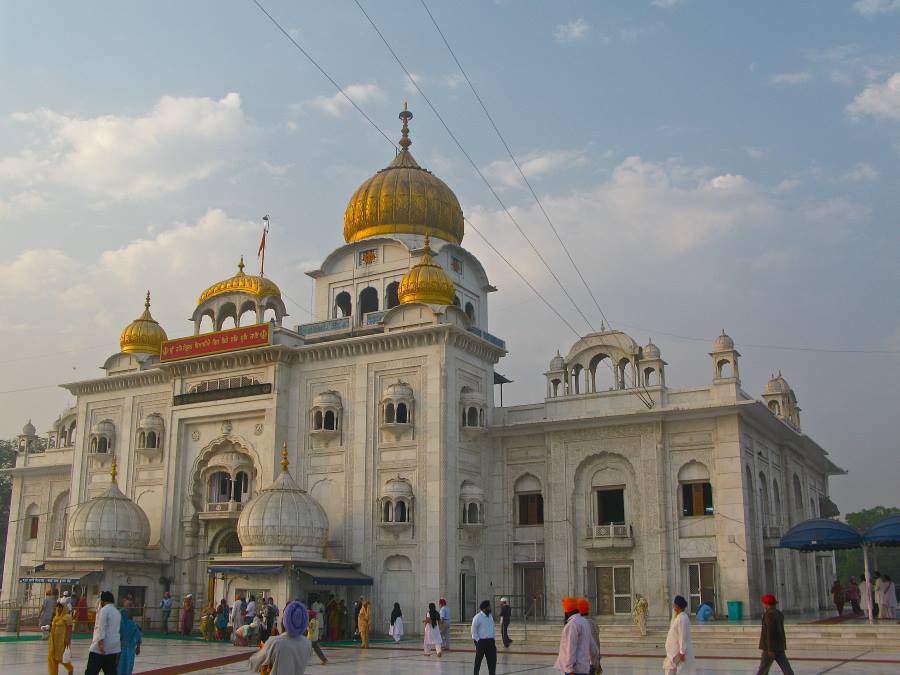
This magnificent shrine is one of Delhi's tourist spots. It is devoted to Guru Har Krishan, the eighth Sikh guru. Constructed in 1783 by renowned Sikh General Sardar Bhagel Singh, it boasts an enormous body of water and exquisite sculptures inside the domes.
Know more about:
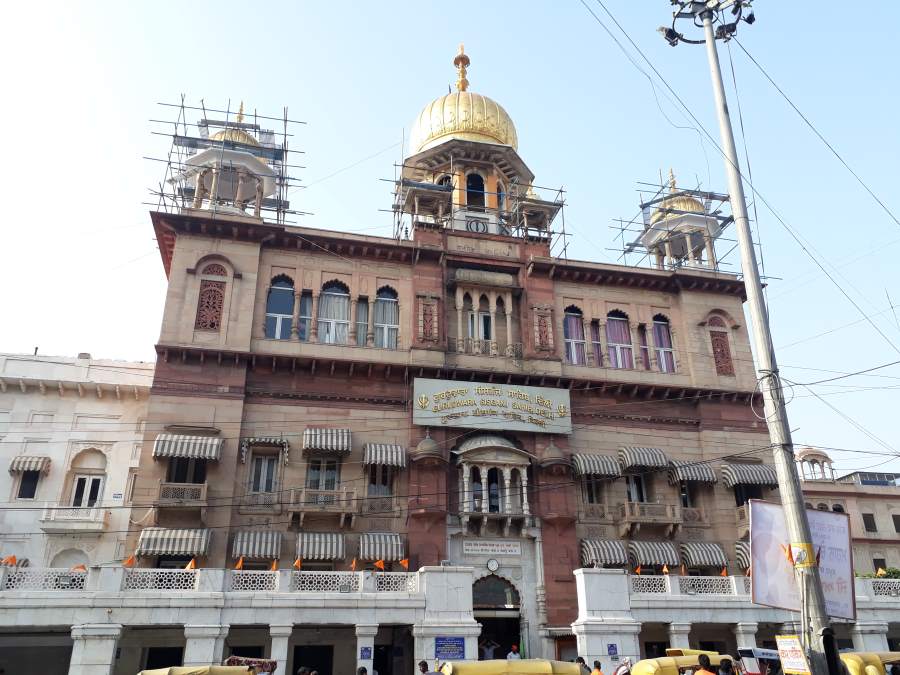
Bhagel Singh's tribute to the martyrdom of Guru Tegh Bahadur, the ninth Sikh Guru, is another project. When he refused to become an Islamist, Aurangzeb had him put to death. After stealing the body, his followers set fire to his home and cremated his guru.
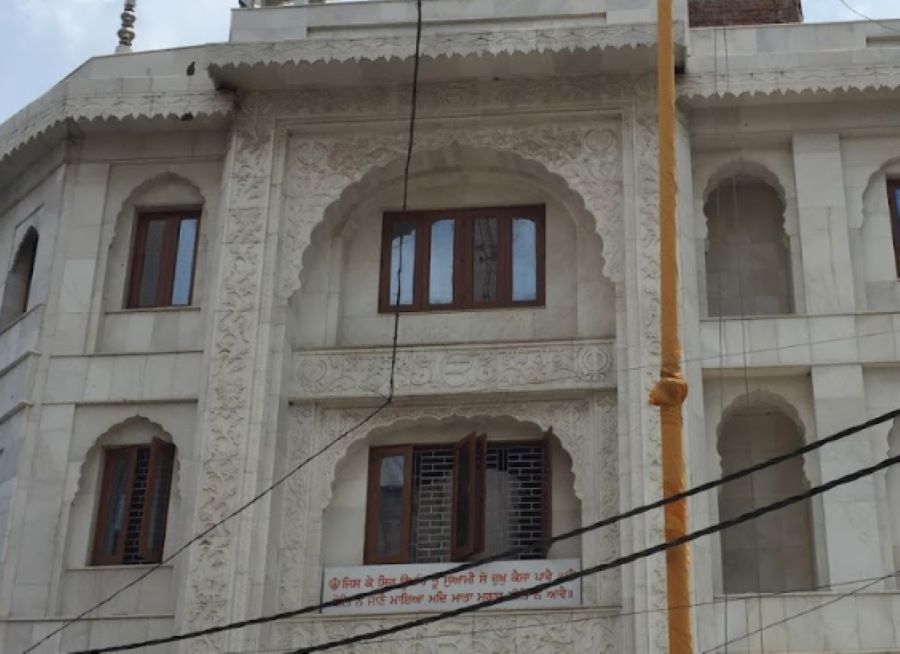
Forty of the guru's disciples were killed, including his four-year-old son. Like Jesus, he endured torture, but it didn't shake his faith. Thirty thousand people attend the location for a fantastic market during Vaishakhi.
Learn more about:
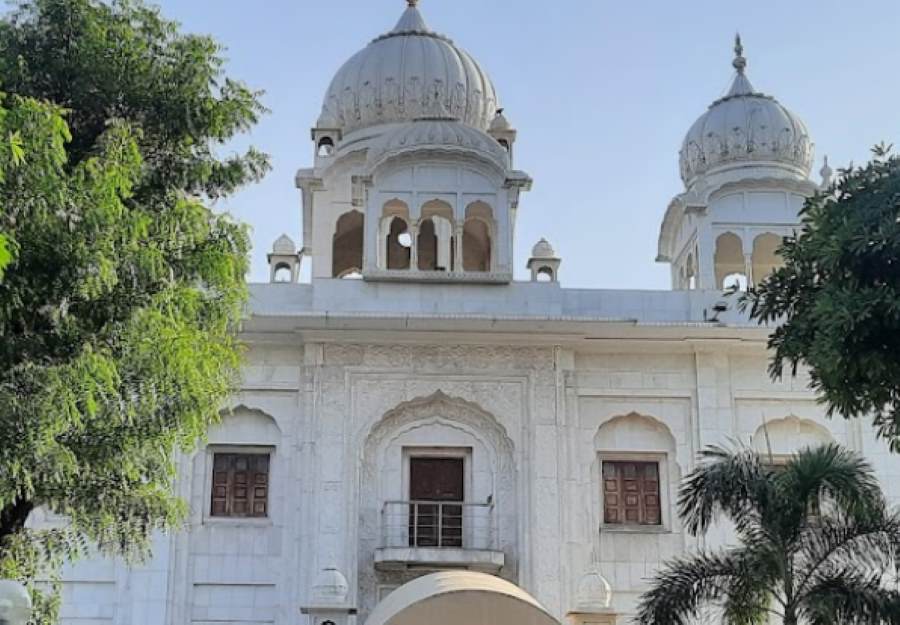
Gurudwara Mata Sundri is where the Khalsa mother drew her final breath. She looked after Guru Gobind Singh Ji's followers for forty years after he left. With dignity and succinctness, she carried his five weapons in order to achieve immortality.
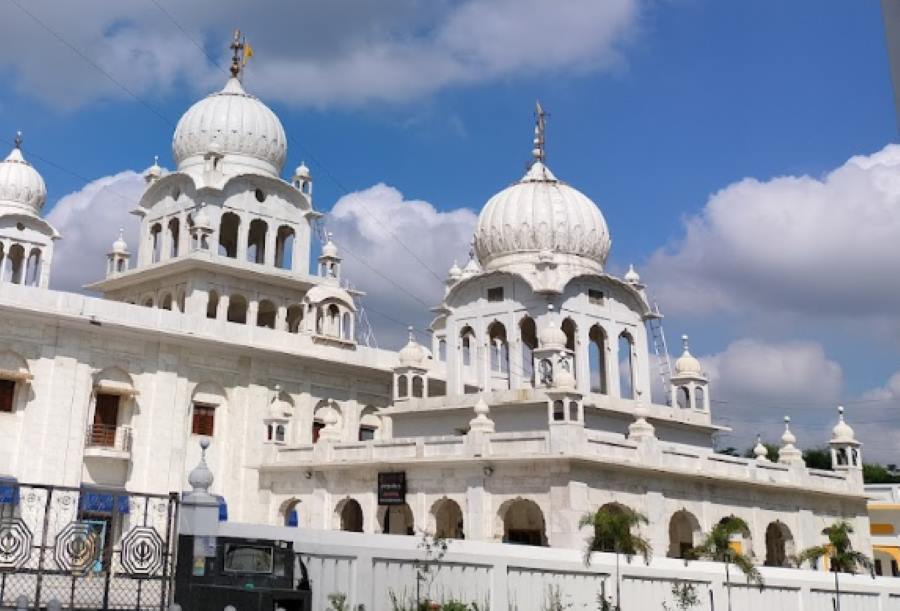
Mata Sundari and Guru Harkrishan Singh Ji, the eighth Sikh guru, are buried in this famous gurudwara. According to legend, his healing touch prevented cholera outbreaks in Delhi. The irony is that he passed away from smallpox before turning eight years old.
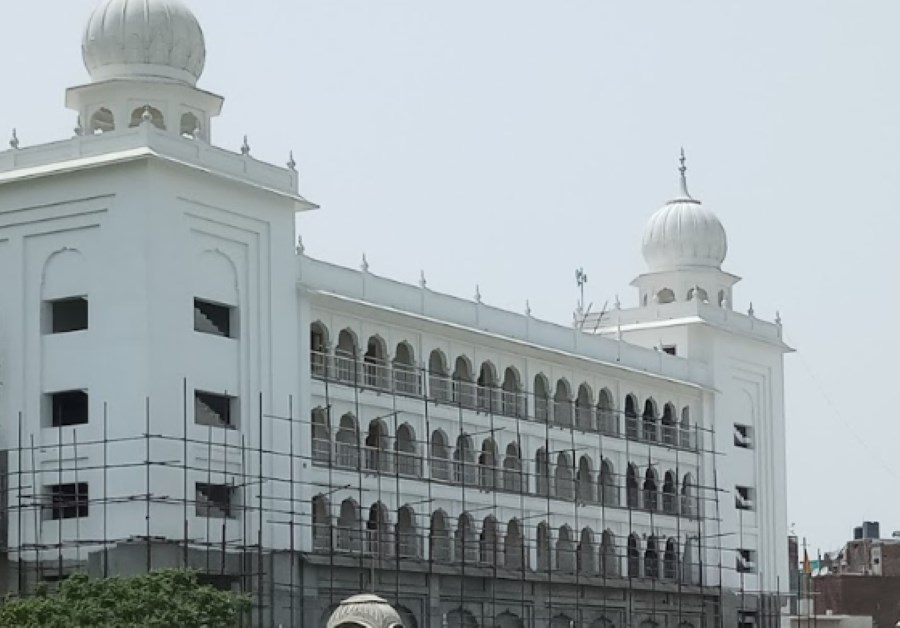
It designates the location of Guru Gobind Singh Ji's army camp during his initial stay in the city. The intriguing narrative of the guru in 1707 is told by history. It is reported that from this camp fired an arrow at the base of the throne in Red Fort.
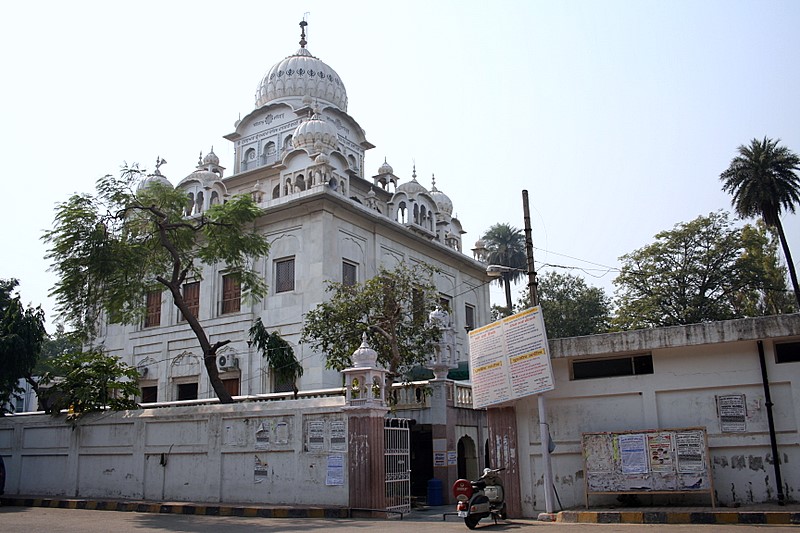
The gigantic constructions were added in 1984, however, it was originally constructed in 1783 close to Aurangzeb's tomb. It is a homage to Guru Gobind Singh Ji, the tenth guru. Here, Hola Mohalla, often observed the day following Holi, is very important.
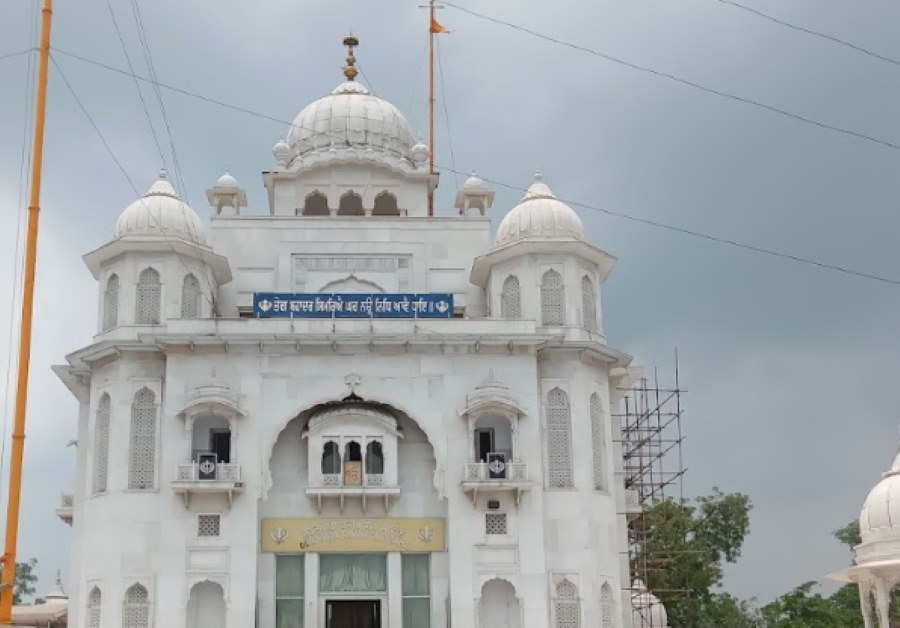
Guru Tegh Bahadur Ji urf perished in 1675 while defending the Kashmiri Pandits. He was executed by Aurangzeb for not converting to Islam. To bury his decapitated remains, his followers set fire to their own home, which is today Gurdwara Rakab Ganj.
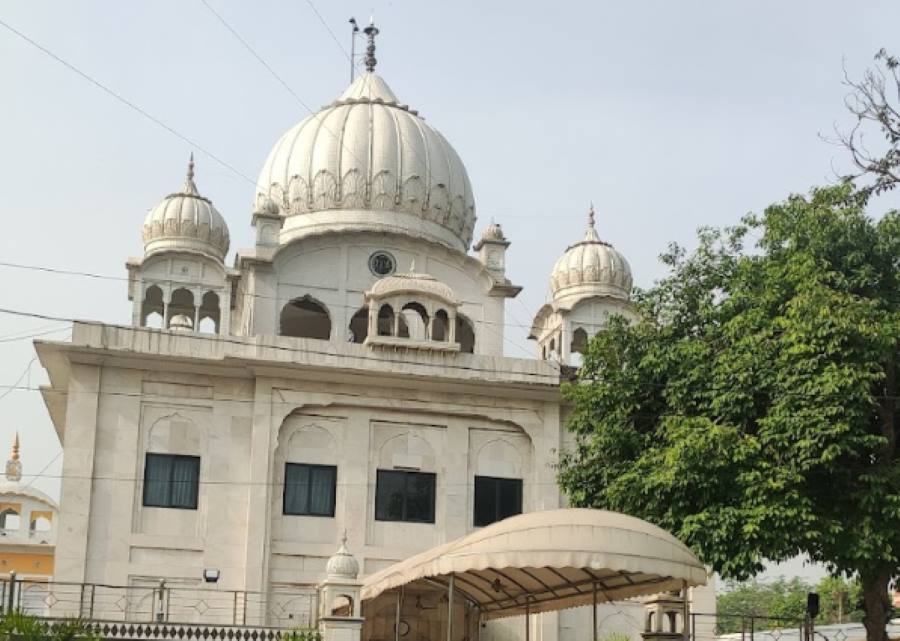
When Abdullah first met Guru Nanak Dev Ji in 1505, he went by the name Majnu. The guru was moved when he offered free boat rides over the Yamuna River in the name of God. He made the decision to remain in Tilla, where Majnu became a follower.
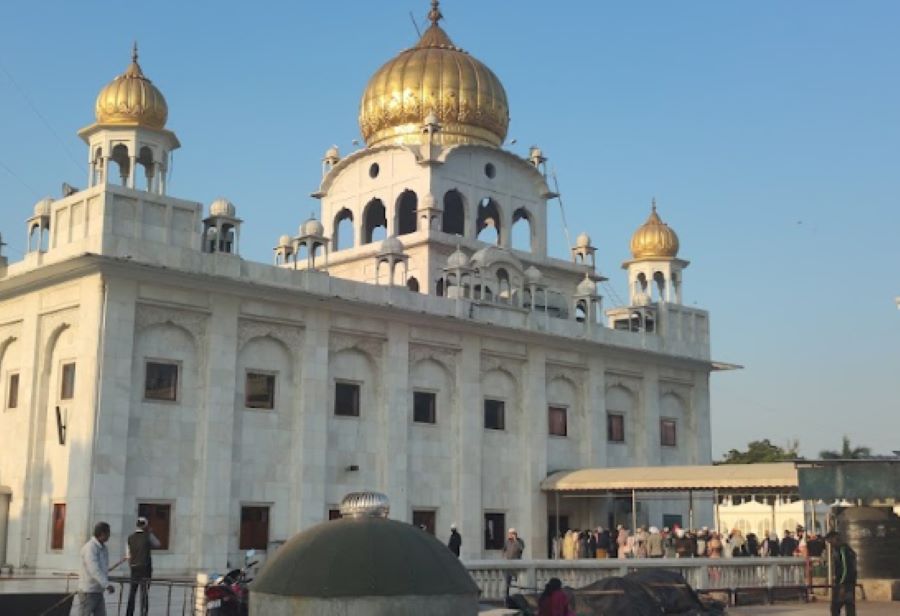
In 1505, Guru Nanak Dev Ji, the founder of Sikhism, set up camp in a garden and gave away free food and water to passersby and other tourists. The garden's owner considered that location to be sacred, so he built a gurudwara there.
Gurudwaras in Delhi stand as pillars of Sikh faith and tradition, embodying values of equality, service, and spiritual devotion. They offer a refuge from the hustle and bustle of urban life, fostering a sense of community and solidarity among believers and visitors alike. These sacred sites provide a space for worship and serve as symbols of resilience, peace, and harmony in the diverse tapestry of Delhi's cultural landscape.
Protect What Matters - Explore Other Insurance Options